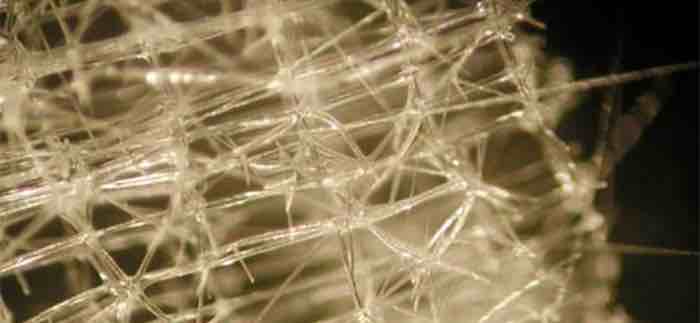By ISRAEL21c ——Bio and Archives--November 22, 2017
Science-Technology | CFP Comments | Reader Friendly | Subscribe | Email Us
 The technology for forming and shaping glass requires the application of heat at extremely high temperatures. So how do some marine organisms form their own glass “skeletons” in cold water?
That mystery has now been partially solved by a team of Israeli and German scientists. And while the researchers admit that what the marine organisms are doing “is far beyond the abilities of current human technology,” further study may bring us closer to the ability to mimic the mechanism at room temperature in a lab.
The technology for forming and shaping glass requires the application of heat at extremely high temperatures. So how do some marine organisms form their own glass “skeletons” in cold water?
That mystery has now been partially solved by a team of Israeli and German scientists. And while the researchers admit that what the marine organisms are doing “is far beyond the abilities of current human technology,” further study may bring us closer to the ability to mimic the mechanism at room temperature in a lab.View Comments
ISRAEL21c was founded in 2001, in the wake of the Second Intifada, to broaden public understanding of Israel beyond typical portrayals in the mainstream media.
The organization’s founders – Israeli-American technology executives – understood the great power of the Internet and developed a first-of-its kind online product with global appeal and reach.